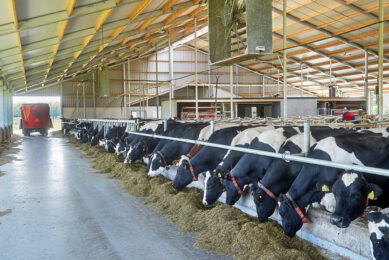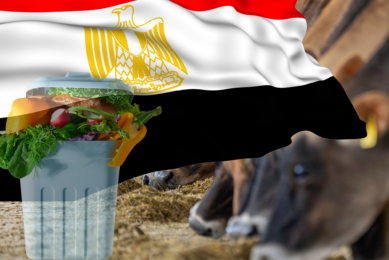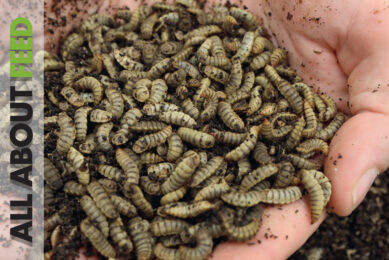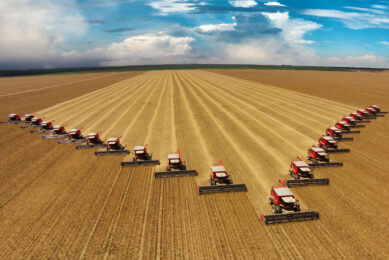Food waste as feed could soon be an option for Russian dairy cows
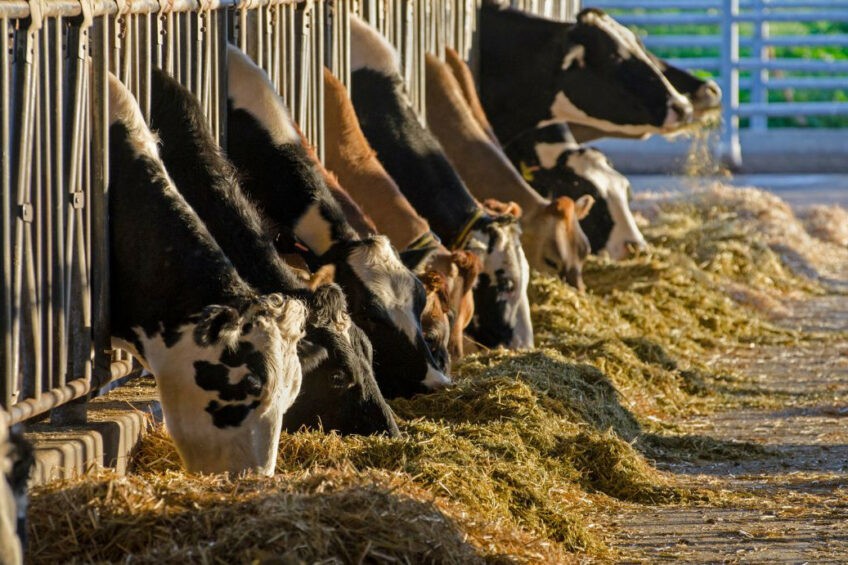
The long-debated regulation permitting the use of food waste as a feedstuff came into force in Russia on 1 September 2024. The dairy industry is expected to benefit from the new rules, though the general economic rationale behind switching dairy cows to new rations remains questionable.
The use of food waste, such as spoiled products and those with expired shelf-life, has been a hot topic of discussion in the Russian livestock industry since 2020.
The Russian Agricultural Ministry kicked off the decree approving the use of food waste in animal feed in December 2023. Still, market players were not certain the rules would come into force as scheduled.
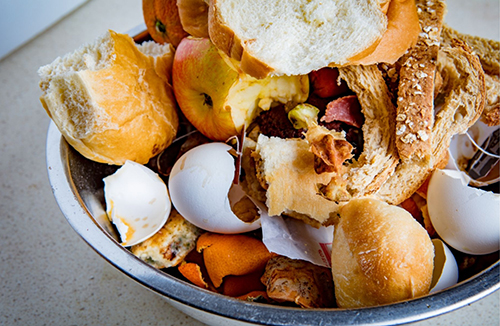
Squid, pollock, white bread, apples, and white cabbage as feed
In March 2023, a group of scientists from Plekhanov University rolled out a series of animal feeds featuring food waste for cattle, pigs, poultry, and sheep. The scientists suggested feed manufacturers could use squid, pollock, white bread, apples, and white cabbage.
The scientists are available to assist farmers in the switch, though it is unknown whether any field trials have already taken place.
During the reform’s discussion, Russian market players expressed the opinion that farmers breeding pigs and cattle could primarily benefit from the initiative.
Using waste in feed production is ‘generally accepted’
Under the approved rules, feed manufacturers will be tasked to check the general bacterial contamination of the food waste and run separate tests for the presence of salmonella, botulinum toxin for canned food, enteropathogenic and anaerobic microflora.
Besides, basic quality parameters, like appearance, consistency, colour, and smell should also be evaluated.
“The practice of using waste in feed production is generally accepted,” said Arseniy Vlasov, CEO of MegaMix Center, a prominent Russian feed premix manufacturer.
Vlasov indicated that the mass use of food waste could eventually make livestock production cheaper for the final customers. The Russian government estimated that in the country, on average, around 700,000 tonnes of food waste is potentially suitable for use as feed for agricultural animals per year.
The feed industry remains sceptical
However, the Russian feed industry has remained sceptical over the potential use of food waste in animal feed.
Vladimir Manaenkov, general director of the feed manufacturers association of the Eurasia Economic Union, for example, expressed an opinion that companies willing to recycle food waste into feed could find it difficult to comply with Russian sanitary regulations. The use of food waste could require not only treatment but also expensive inspections, and in the end, it would not be worth the trouble.




